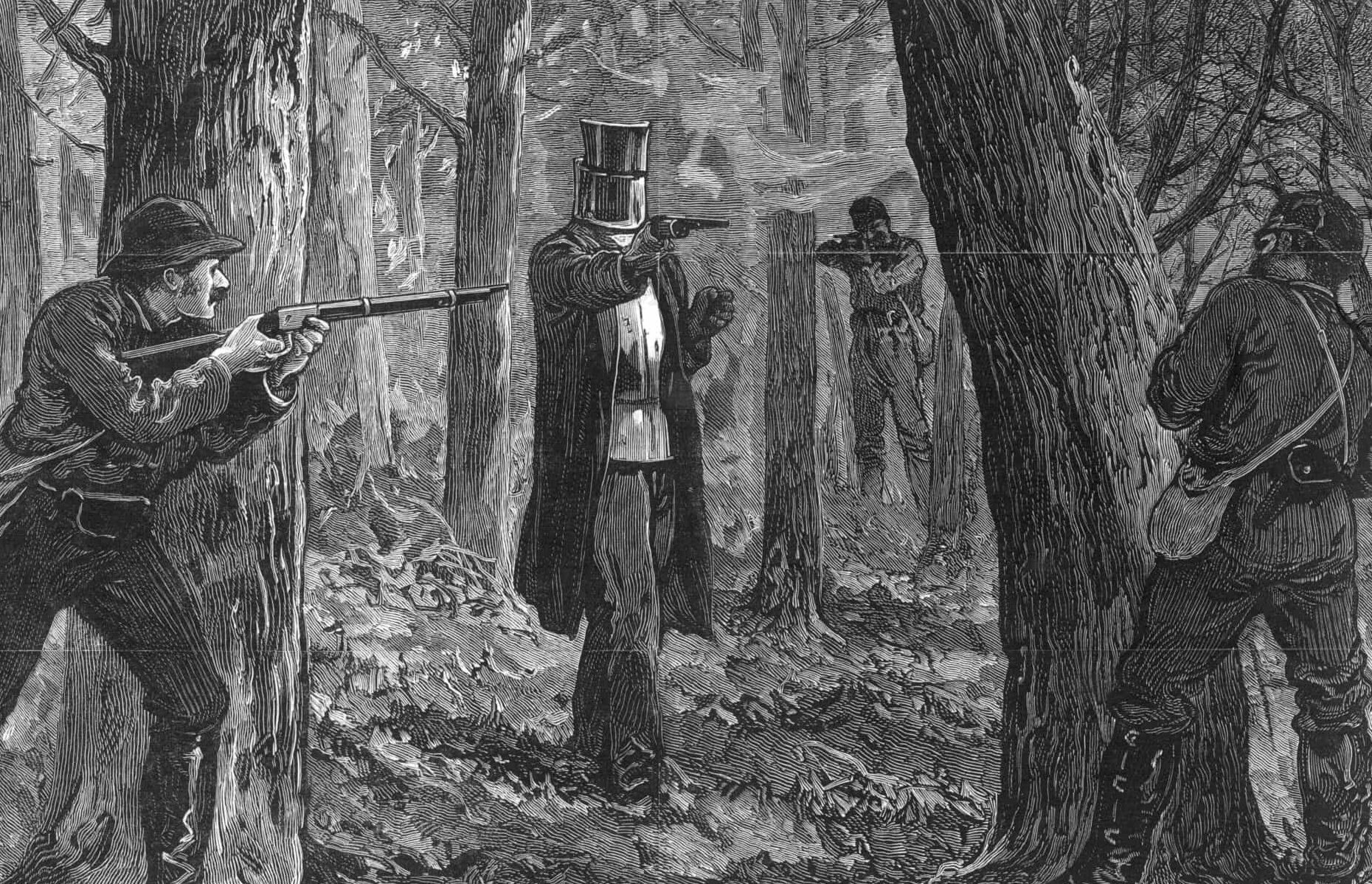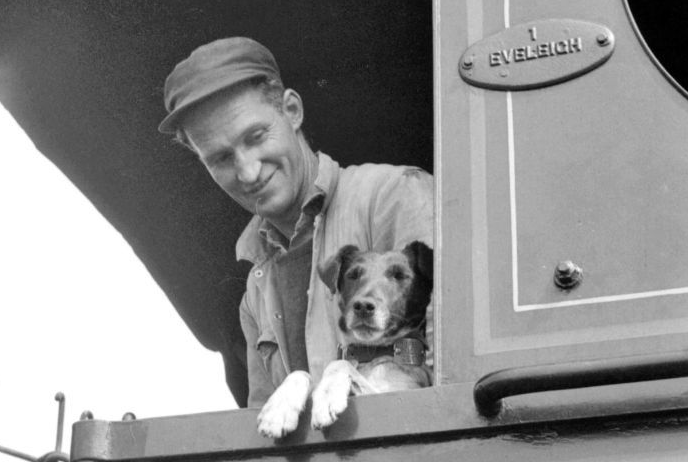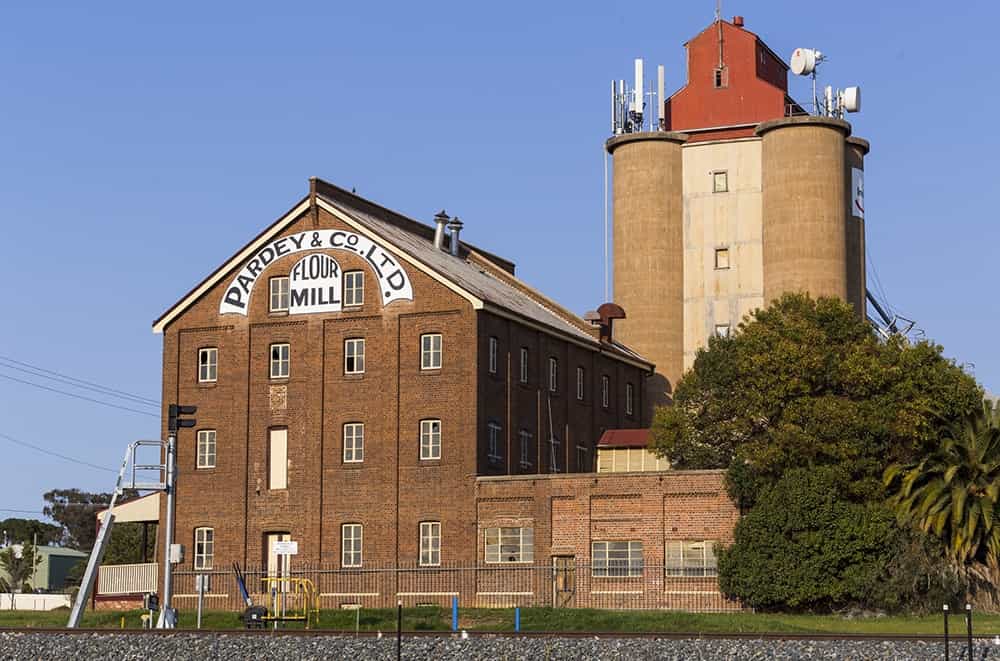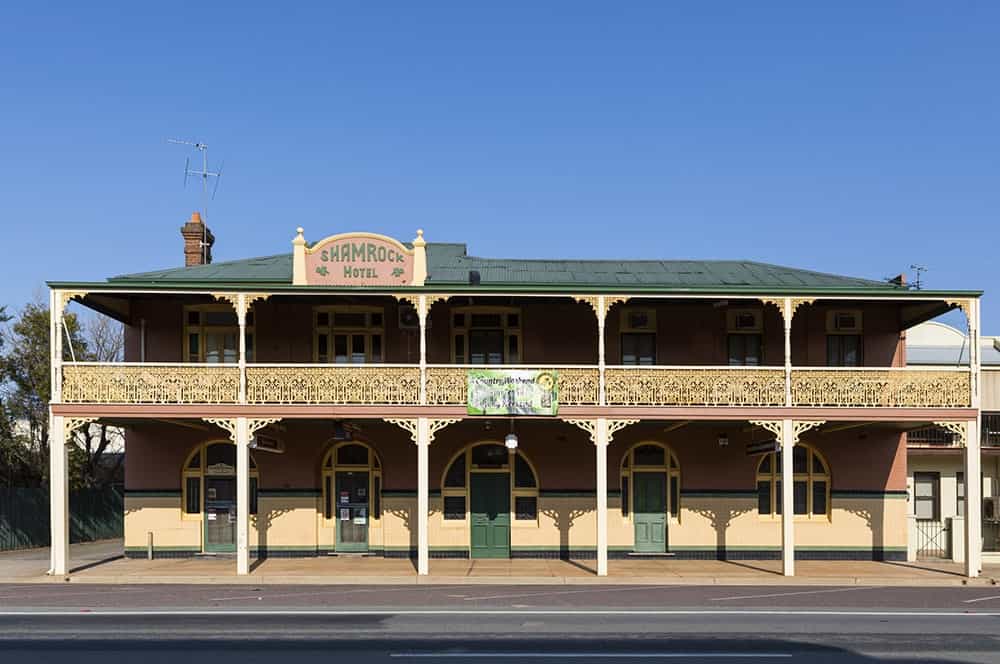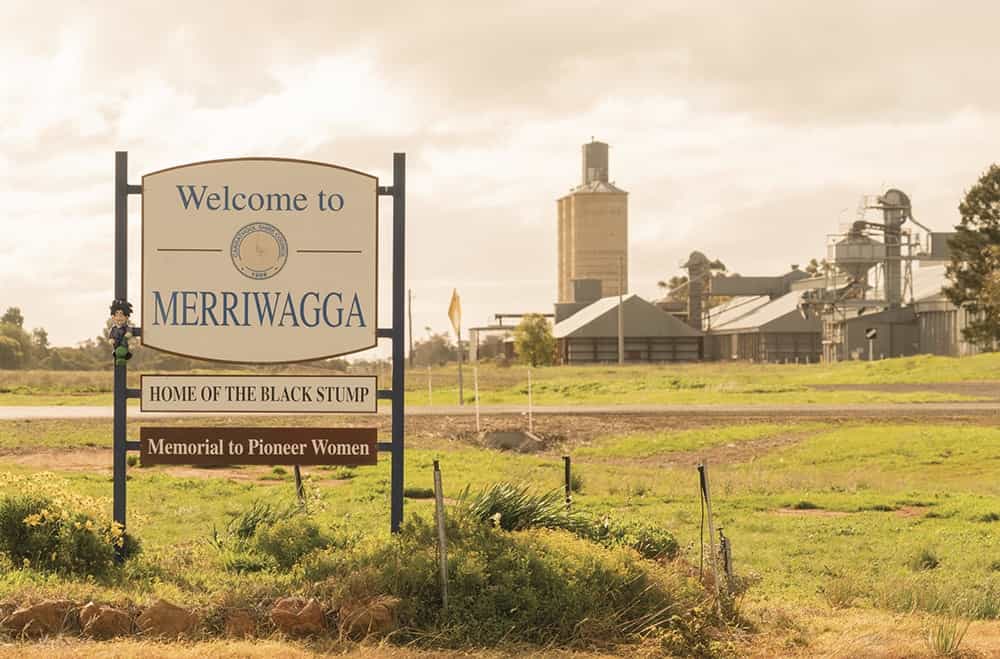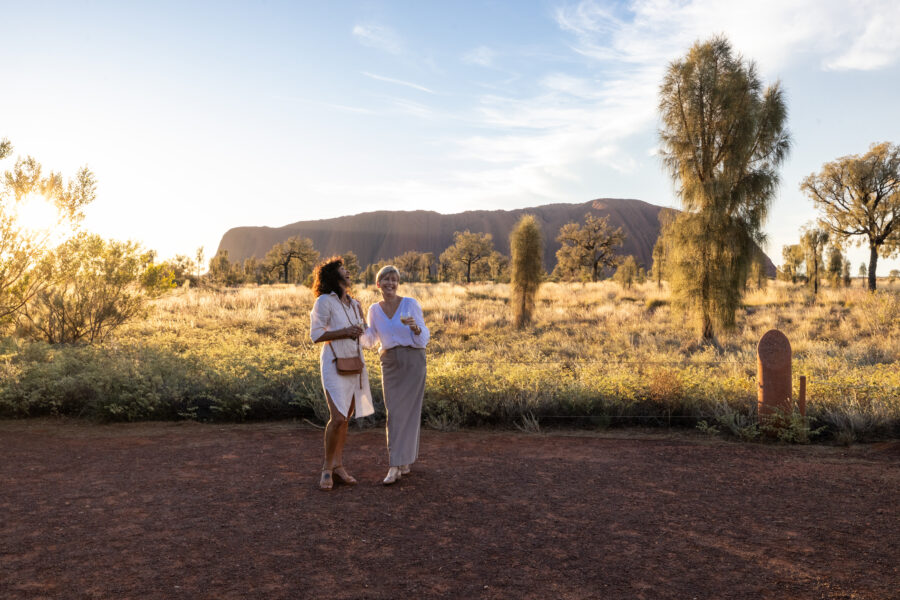Ned Kelly, Boofhead and The Black Stump
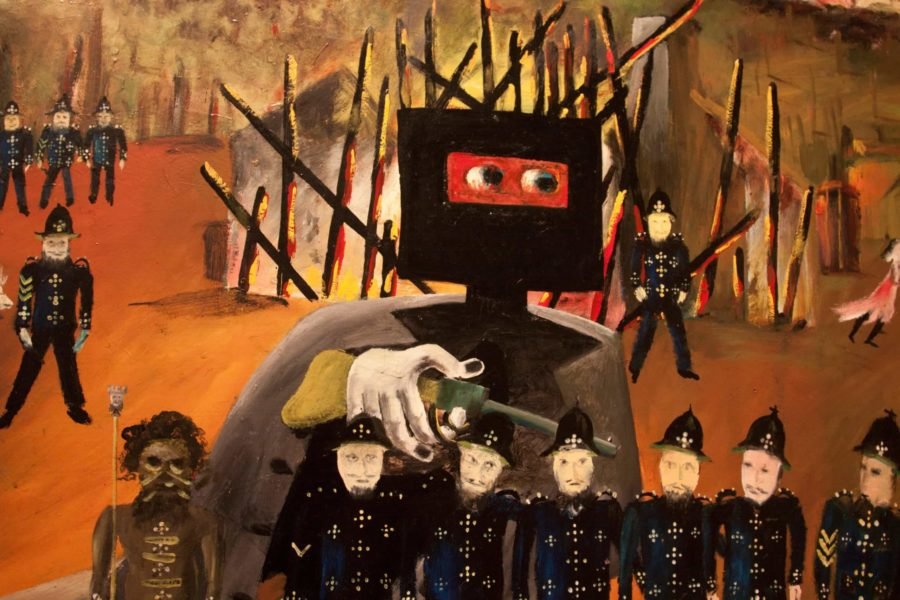
When Ned Kelly came to Jerilderie in 1879, with a bounty on his head, he could be shot on sight by anyone. Yet Ned and his gang boldly relieved the Bank of £2000, chopped down the telegraph poles, locked the police in their own cells, took their uniforms, masqueraded as reinforcements who were being sent on to the New South Wales/Victorian border to join other police patrolling the border so as to prevent the Kelly gang from entering New South Wales, and booked up the cost of shoeing his horses to the police. They held more than 30 hostages while shouting the bar and burned the mortgages held in the bank’s safe – all in three days (6-10 February).
No person aware of Ned Kelly’s presence in Jerilderie took advantage of the AUD260,000 reward for his capture or made an attempt on his life.
The main purpose of Ned Kelly’s visit to Jerilderie was to have his manifesto, which outlined Kelly’s defense of the gang’s actions at Stringybark Creek, published. On the Monday afternoon Ned tried to locate Samuel Gill, the editor of the Jerilderie & Urana Gazette, to have his now famous ‘Jerilderie Letter’ published. Ned was unable to locate him and attempted to hand the article to Mrs Gill, who refused to take custody of it.
The teller with the Bank of New South Wales, Edwin Living, offered to take possession of the letter and pass it on to Gill for publishing. He, however, kept the manuscript for himself, and it did not resurface until more than 100 years later. You can read a transcript of the letter here.
After Beechworth in Victoria, Jerilderie has the most Kelly-related buildings and sites, including the Post and Telegraph Office, which was disabled by the gang to prevent news of their robbery spreading.
You can walk in the steps and visit the sites of the Ned Kelly Gang’s raid on Jerilderie: join the Jerilderie Raid Trail and see the six buildings visited by Ned or his Gang that are still in existence, including the Post and Telegraph Office that was disabled by the Gang to prevent news of their robbery spreading. If you are feeling generous, you can ‘shout the bar’ at the Royal Mail Hotel, as Ned did all those years ago. This self-guided tour can be taken at any time, just grab a map from the Visitor Information Centre.
Other must-visit heritage sites in the Riverina
The Riverina’s own Red Dog: Boofhead
A cheeky canine that captured the hearts of locals, Boofhead has become legendary in Temora, southern New South Wales, for his love of train travel.
According to Brian Hughes, who met Boofhead when he worked on the railway, “steam engines were his favourite. He didn’t like diesel cabins because he didn’t like to be confined.”
The long-legged black-and-white fox terrier first appeared at the Temora Railway Station in 1959 and soon became known as Temora’s railway dog. With no owner, he spent some 15 years hitching train rides across the region and regularly returned to the town.
Brian said he was a larrikin dog who charmed everyone he met.
“When the railway shut down on a Sunday, you’d find him down at the football, because he knew there was a feed there,” he said. “He’d either get half a hot dog or a pie.”
Boofhead was so well-known he was made a life member of the Temora RSL Club and had the tag on his collar to prove it.
“He got kicked out the back door and he’d come in the front door so they had to make him a member,” Temora Shire councillor Max Oliver said.
Max has been collecting stories about Boofhead and said it was clear he did whatever he liked.
“He’d go missing for several days at a time but he’d turn up again,” he said. “Sometimes he’d miss a train on the way back and he’d spend a night on the platform just waiting for another train to come his way and he’d jump on it.
“Didn’t matter which way it was going, he’d just jump on a train.”
In 2018 a bronze statue was unveiled in Temora to honour Boofhead’s legacy.
“Boofhead’s story is 99 per cent true,” Max says. “There might be one per cent of exaggeration, however that might change over the years as his legend grows even further. There might be some more exaggeration then.”
You’ll find Boofhead’s statue at the Temora Railway Museum in Camp Street.
For more on Boofhead check out this detailed article.
Australia’s tallest bar, Black Stump Hotel, Merriwagga
There are a number of towns that claim to be the home of the ‘Black Stump’. Merriwagga should win the prize for the most interesting story and certainly the most tragic and ghoulish tale. On 14 November 1970 the larger-than-life local politician, Al Grassby, officially opened a memorial which is a single piece of grey granite which records that “Ten miles west of this spot is a public watering place known, since 1910, as the Black Stump Tank. Also in this area are the Black Stump Well and the Black Stump Swamp. Local legend says that the names originated in 1886 with the death, by burning, of a woman named Barbara Blain, who is believed to be the first person in the Gunbar Cemetery. The area was a recognised overnight camp for waggon (sic) teams from as far north as Gilgunnia, travelling to the river steamers on the Murrumbidgee River. This monument was erected in memory of the pioneers who contributed so much to the development of the area.”
The story of “the black stump” recalls how in 1886 a bullocky named Blain stopped at what has subsequently been gazetted as the Black Stump Tank. This was an overnight camp and watering hole for wagon trains which were carrying produce south to the paddle steamers on the Murrumbidgee River. Blain went looking for feed for his animals leaving his wife, Barbara Blain, to make camp for the evening. When he returned he found that her dress had caught fire, presumably while she was lighting the fire for the evening meal, and she had burned to death. It is said that when asked about his wife’s death Blain explained, with that peculiarly droll and dry matter-of-factness of the Australian bush, that when he found her she “looked just like a black stump”. The observation was so often repeated that the idea of the “black stump” became an image of isolation and hardship and most commonly occurred in expressions like “beyond the black stump” and “this side of the black stump”.
The Black Stump Hotel
Over the years the Black Stump Hotel has become a symbol of the friendly ambience of Merriwagga. It was built in 1926 and has not changed much over the years. Its great claim to fame is that it has the highest bar in Australia – which means that everyone has to sit on stools (is there a bar where that doesn’t happen?) and small people probably have to shout loudly to get a drink. Check it out here. It is over the road from the Memorial to Pioneer Women.
Memorial to Pioneer Women
It is a simple silhouette/stencil image of a pioneer woman created by sculptor Ron Clarke depicting a resilient pioneer woman against a backdrop of horses and a paddock being ploughed. Appropriately it is located next to the memorial to Mrs Barbara Blain who was burned to death in a campfire while her husband, a bullocky, tended the cattle.
For more on these wonderful Riverina destinations head to Visit NSW.
Thanks to Bruce Elder, a regular contributor to Australian Geographic magazine. Bruce writes the Aussie Towns feature each issue. Head here to find out more about him and thousands of Aussie towns.
